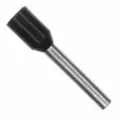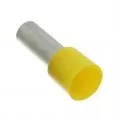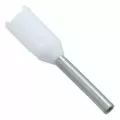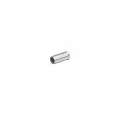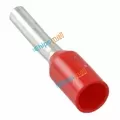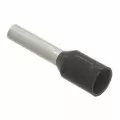OUTLINE:
Tutorial: How to Read Terminal Block Wiring Diagram
 6651
6651Looking to understand terminal block wiring diagrams? Let's explore how these diagrams illustrate the connections between wires and terminal blocks in electrical circuits.
.jpg)
What Is A Terminal Block Wiring Diagram
A terminal block wiring diagram is a simplified illustration that demonstrates how wires are connected to terminal blocks in an electrical circuit.
Terminal blocks are modular connectors that provide a convenient and organized way to connect wires in electrical circuits. Wiring diagram provides a clear visual representation of how the different wires and components are organized and linked together.
Terminal block wiring diagrams are commonly used in electrical engineering, automation, and control systems. This diagram helps electricians and technicians understand the wiring layout and make accurate connections during installation or troubleshooting processes.
.jpg)
How to Read Terminal Block Wiring Diagram
Reading a terminal block wiring diagram may seem daunting at first, but with a systematic approach, it becomes easier to understand.
1. Identify the components: Familiarize yourself with the different symbols and labels used in the diagram. Understand the representation of terminals, wires, connectors, and other electrical components.
A terminal block wiring diagram may include these parts:
- Terminal block symbols: These symbols represent the physical terminal blocks, indicating their position and arrangement in the diagram.
- Terminal numbers or labels: Each terminal on the block is assigned a unique number or label, which helps to identify and reference the specific connection points.
- Wire connections: The diagram illustrates how the wires from different sources, such as power supplies, sensors, switches, or loads, are connected to specific terminals on the block. It shows the path of electrical flow and the points of connection for each wire.
- Additional components: The diagram may also include symbols or annotations representing other components related to the wiring, such as fuses, ground connections, diodes, or other devices.
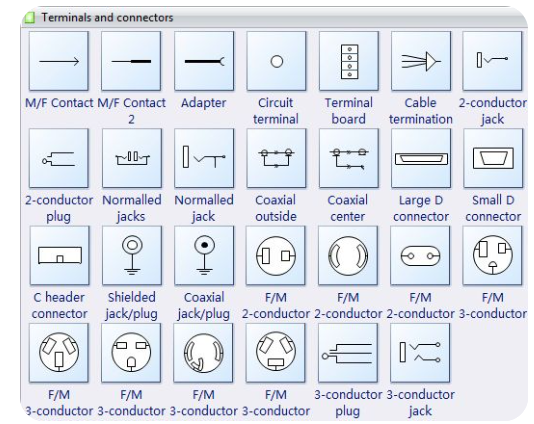
After understanding the different parts included in the wiring diagram, you can proceed with the following steps.
2. Determine the wiring layout: The diagram typically presents the terminal block and its connections. Identify the inputs, outputs, and any intermediate connections. Note the numbering or labeling system used for the terminals.
3. Follow the flow: Trace the path of the wires from the power source to the connected devices. Pay attention to the arrows or lines indicating the direction of the electrical flow.
4. Understand the connections: Study how the wires are connected to the terminals. Note any specific instructions or markings provided, such as wire colors, wire gauges, or wire numbering conventions.
5. Analyze additional symbols: Look for additional symbols or annotations that indicate specific functions, such as grounding points, fuses, switches, or diodes. Understand their purpose and how they relate to the overall wiring configuration.
Terminal Block Wiring Diagram You Can Refer To
You can find terminal block wiring diagrams in various places:
Manufacturer's Documentation: Check the product manual or documentation provided by the terminal block manufacturer. They often include wiring diagrams specific to their products.
Online Resources: Many manufacturers and electrical engineering websites offer downloadable wiring diagrams for different types of terminal blocks. Search for the specific terminal block model or type you are working with, and you may find relevant diagrams.
Electrical Engineering Books: Reference books on electrical wiring or industrial controls may include examples of terminal block wiring diagrams. Look for books that cover topics related to control systems or electrical installations.
Tips: You Can Buy Terminal Block in Chipsmall
If you need to purchase terminal blocks, consider Chipsmall to ensure you select high-quality and suitable components for your project.
Chipsmall Limited consists of a professional team with an average of over 20 years of expertise in the distribution of electronic components. Main products comprise ICs, resistors, capacitors, modules, potentiometers, IC sockets, relays, connectors and so on.
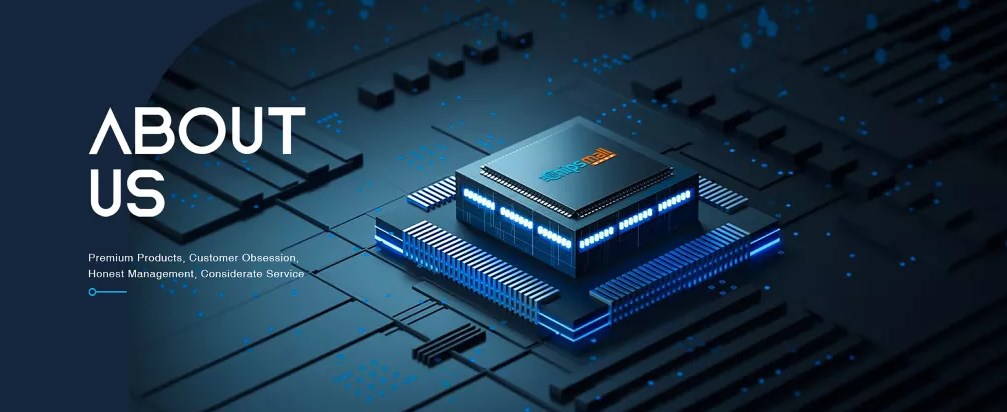
Wrap Up
A terminal block wiring diagram serves as a visual guide for connecting wires to terminal blocks. It enables electricians and technicians to comprehend the wiring layout, make precise connections, and effectively troubleshoot electrical systems.

Disclaimer: The views and opinions expressed by individual authors or forum participants on this website do not represent the views and opinions of Chipsmall, nor do they represent Chipsmall's official policy.

share this blog to:


